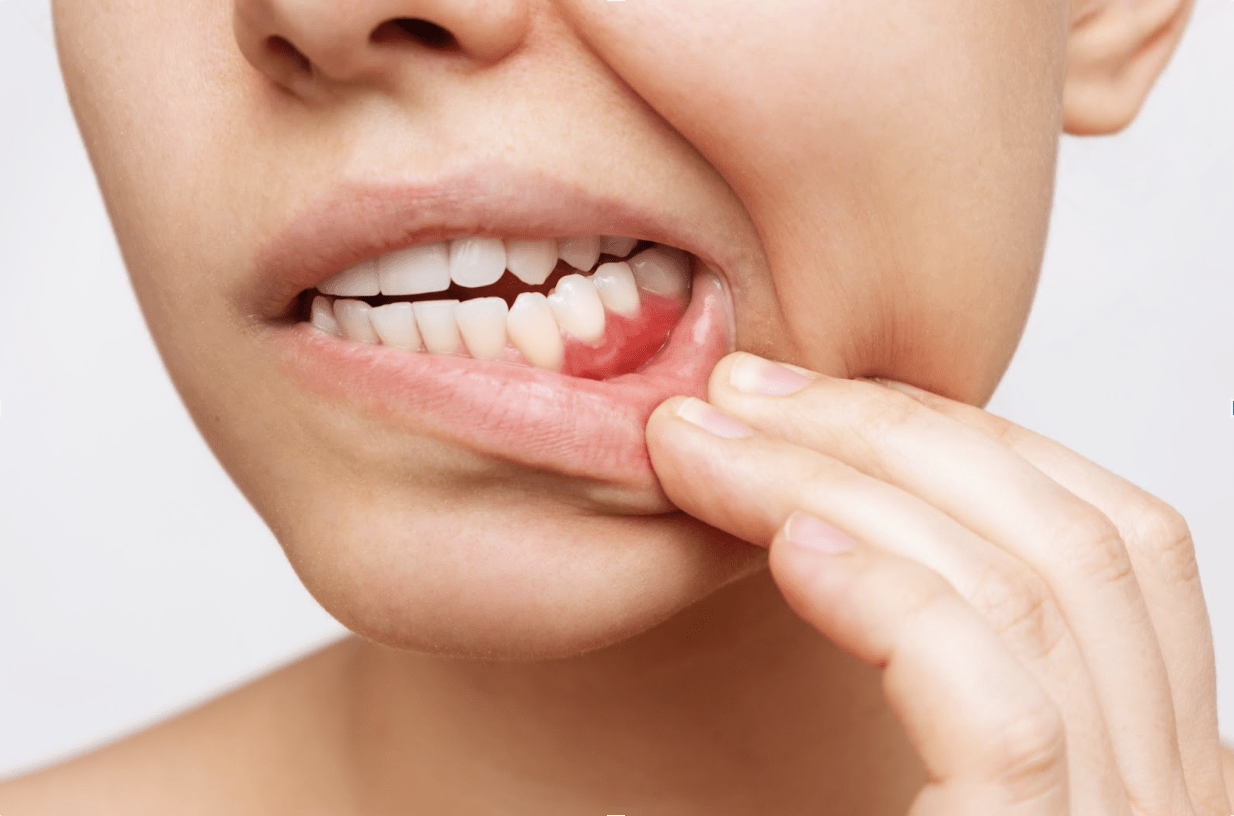Great smiles aren’t just for kids and teenagers. Adults deserve awesome smiles too. That’s why Delplanche Orthodontics has options for adults in both Beaverton and Lake Oswego. Dr. Delplanche wants grownups in our communities to fall in love with their teeth again. You might have noticed some changes if you received orthodontic treatment when you were younger. Your teeth just don’t seem to be in the same position they once were. That might be because of a phenomenon called “orthodontic relapse.” What is an orthodontic relapse in adults? And what can you do about it?
What is Orthodontic Relapse?
As a kid or teenager, you may have gotten treatment. Your parents took you to see an orthodontist like Dr. Delplanche. The first time you showed up, the orthodontist likely took impressions of your teeth. Those impressions helped develop your treatment plan. Maybe you wore metal braces (and hated it the whole time). But the treatment worked! You had a fantastic new smile that you were proud of.
Unfortunately, that smile you worked so hard for has changed over the years. You’ve likely noticed that your teeth have shifted into different places. They’ve moved over time – and probably back to their pre-treatment locations. This is what Dr. Delplanche calls “orthodontic relapse.” Orthodontic relapse is a common issue that occurs when teeth shift back to their original position after orthodontic treatment.
What Causes Orthodontic Relapse?
After your previous orthodontic treatment, your orthodontist likely provided you with a retainer to wear. The retainer helps hold your teeth in their new position while your bone and gum tissue stabilize around them. However, if you don’t wear your retainer as directed, your teeth can begin to shift back to their original position. Yikes! Nobody wants that. After your initial retreatment at Delplanche Orthodontics, the doctor might recommend that you wear a retainer. If he does, make a point to use it as the doctor directs.
For better or worse, our bodies reshape throughout time. As we age, our bones and teeth change. This can cause our teeth to return to their original position over time. While shifting is typical, that doesn’t mean it’s ideal. Remember, you’re entitled to a spectacular smile. So only settle for the best.
Sometimes, genetics can have a hand in orthodontic relapse. Like many parts of our lives, we cannot control our genes. But we do have a say in the effects of our genes. If astigmatism were in your genetics, you’d still want glasses or contact lenses, right? Taking care of your teeth is no different. If you’re genetically predisposed to relapse, that doesn’t mean you can’t take steps to fix it!
Dr. Delplanche often sees patients whose habits and lifestyle choices can contribute to relapse. Surprised? Well, how you treat your teeth affects them. Certain habits, such as thumb sucking, tongue thrusting, or mouth breathing, can cause orthodontic relapse. These habits can put pressure on the teeth and cause them to shift out of their current alignment. Do you grind your teeth while asleep or when you’re stressed? Yes, you guessed it! Grinding can also move your teeth over a period of time.
Suppose you’ve ever had gingivitis or experienced inflammation in your gums. In that case, you know how sensitive the mouth and teeth can become. Gingivitis, especially if left untreated, can cause misalignment, orthodontic relapse, and tooth loss.
How Can Orthodontic Treatment Help?
All that talk about misalignment might sound icky, but take heart. There is hope, even for the worst cases of orthodontic relapse. Whether you’re in Beaverton or Lake Oswego, Delplanche Orthodontics can repair your relapse. Please keep reading for more information on our different treatment options.
Invisalign
Invisalign is a popular orthodontic treatment option for adults. Invisalign uses custom-made, clear aligners to fit your teeth. These aligners gradually move your teeth into their desired position. Once your treatment is complete, you will receive a retainer from wearing to help prevent orthodontic relapse.
Clear Braces
Clear braces work similarly to metal braces, but they are made of transparent materials that are less noticeable. Clear braces can be just as effective as metal braces in treating orthodontic issues. They also come with a retainer to help prevent orthodontic relapse.
Metal Braces
Metal braces are a tried and true orthodontic treatment option that has been used for decades. Metal braces use brackets and wires to gradually move your teeth into their desired position. Like Invisalign and clear braces, metal braces come with a retainer to help prevent orthodontic relapse.
What YOU Can Do About It
Beyond Dr. Delplanche’s treatments, you can do several things to help fight against orthodontic relapse. Wear your retainer as the doctor directs. Our team will provide you with a retainer to wear after your treatment is complete. Make sure to wear it as instructed to help prevent orthodontic relapse. Maintain good oral hygiene. Keeping your teeth and gums healthy is vital for avoiding orthodontic relapse. Brush and floss regularly and keep your appointments for regular cleanings and check-ups. Be aware of your habits: Certain habits, such as nail biting or chewing on pens, can cause orthodontic relapse. Be mindful of these habits and try to avoid them. Maintain a healthy diet. Eating a healthy diet can help keep your teeth and gums healthy, which in turn can help prevent orthodontic relapse.
Treat Relapse at Delplanche Orthodontics
If you’re still concerned about orthodontic relapse, look no further than Delplance Orthodontics. Our Lake Oswego and Beaverton teams can’t wait to work with you. Visit us here to schedule a free consultation.
